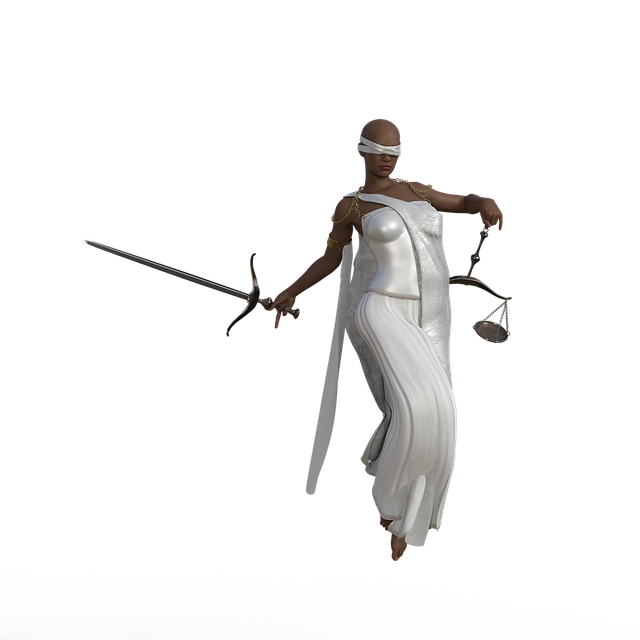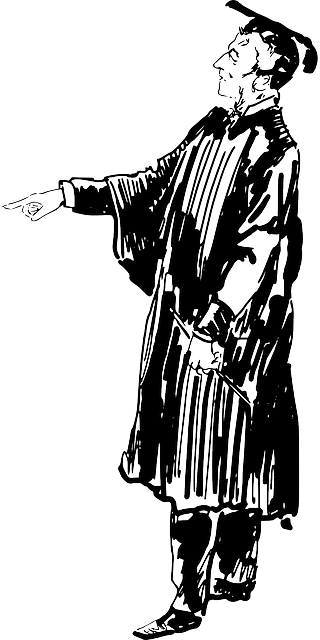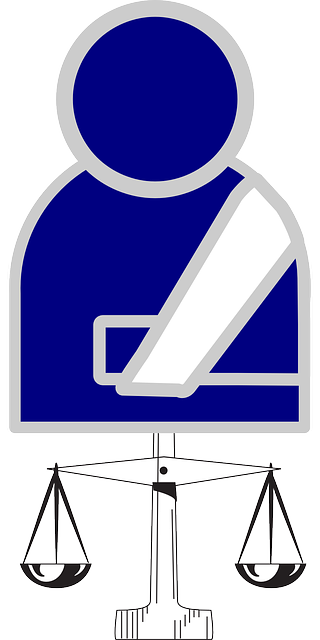Pedestrian accidents can cause a range of severe injuries, from head trauma (including concussions and TBI) to soft tissue damage and rare internal organ injuries. Even at low speeds, pedestrians are vulnerable, facing life-altering symptoms like dizziness, headaches, and loss of consciousness. Immediate medical attention is crucial. Legal professionals specializing in pedestrian accident injuries can help victims understand their rights, navigate complex scenarios, and seek fair compensation for medical negligence or breach of fiduciary duty, ensuring reimbursement for suffering and associated expenses.
“Pedestrian accidents can result in a range of injuries, some immediate and others developing over time. Understanding common types of pedestrian accident injuries is paramount for victims navigating recovery and compensation. From head trauma and broken bones to long-term complications like permanent disabilities and chronic pain, this article explores the multifaceted impacts.
We delve into the causes, effects, and legal aspects, empowering you with knowledge on seeking justice and compensation for your injuries.”
Common Types of Pedestrian Accident Injuries

Pedestrian accidents can result in a range of injuries, some more severe than others. Common types include fractures, often to the legs or arms due to impact with vehicles. Head and brain injuries are also frequent, caused by direct blows or secondary impacts against hard surfaces after being struck. These can range from concussions to more serious traumatic brain injuries (TBI).
Additionally, pedestrians involved in accidents may suffer soft tissue damage such as sprains, strains, and contusions. Internal organ injuries, while less common, can occur, especially in cases involving high-speed vehicle collisions. It’s crucial for those who experience any of these injuries, regardless of severity, to consult with a personal injury lawyer or truck accident attorney to understand their rights and options for compensation, especially if the accident was not their fault. Remember, prompt medical attention is vital for proper treatment and recovery.
– Head and brain injuries

In a pedestrian accident, one of the most severe and potentially life-altering injuries that can occur is head trauma. These injuries range from minor concussions to devastating brain damage and can have long-lasting effects on a person’s physical and cognitive abilities. Head and brain injuries are a significant concern in pedestrian accidents due to the vulnerability of pedestrians compared to drivers in vehicles. Even at relatively low speeds, the impact can be severe, leading to a range of symptoms including dizziness, headaches, nausea, blurred vision, and even loss of consciousness.
In cases where medical malpractice or product liability is involved, such as when a pedestrian is struck by a defective vehicle or due to the negligence of a driver or city maintenance personnel, the potential for severe head and brain injuries increases. These types of accidents often result in complex legal scenarios, where individuals seek compensation for not just their physical pedestrian accident injuries, but also for the medical treatment, rehabilitation, and potential long-term care required to manage these serious conditions.
– Neck and spine injuries

In a pedestrian accident, injuries to the neck and spine are among the most severe and common. These types of injuries can result from the force exerted on a person’s body when they’re struck by a vehicle, often leading to significant physical and emotional trauma. The impact can cause compression or stretching of the spine, potentially leading to serious conditions like whiplash, herniated discs, or even paralysis. Neck injuries, such as strained muscles or fractured vertebrae, can cause intense pain and limit mobility, affecting a person’s ability to perform everyday tasks.
When dealing with pedestrian accident injuries, it’s crucial to seek immediate medical attention for accurate diagnosis and treatment. A personal injury attorney specializing in these cases can help victims understand their rights and navigate the often complex process of seeking compensation for medical negligence or breach of fiduciary duty, ensuring they receive fair and just reimbursement for their suffering and associated expenses.
Pedestrian accidents can lead to a range of severe injuries, from head trauma to neck damage. Understanding these common types of pedestrian accident injuries is essential for recognizing potential risks and taking preventive measures. By being aware of these risks, pedestrians can make more informed decisions to enhance their safety while on the roads, ultimately reducing the likelihood of sustaining serious injuries in the event of an accident.





